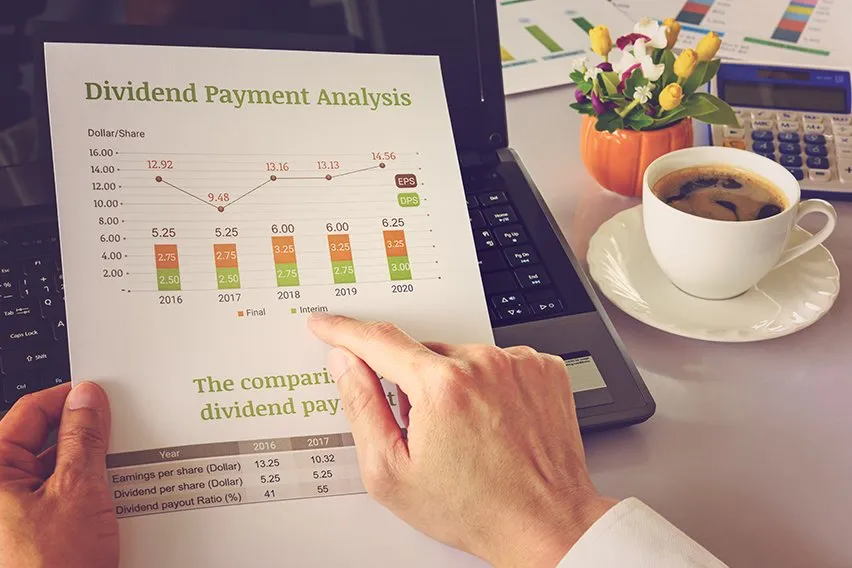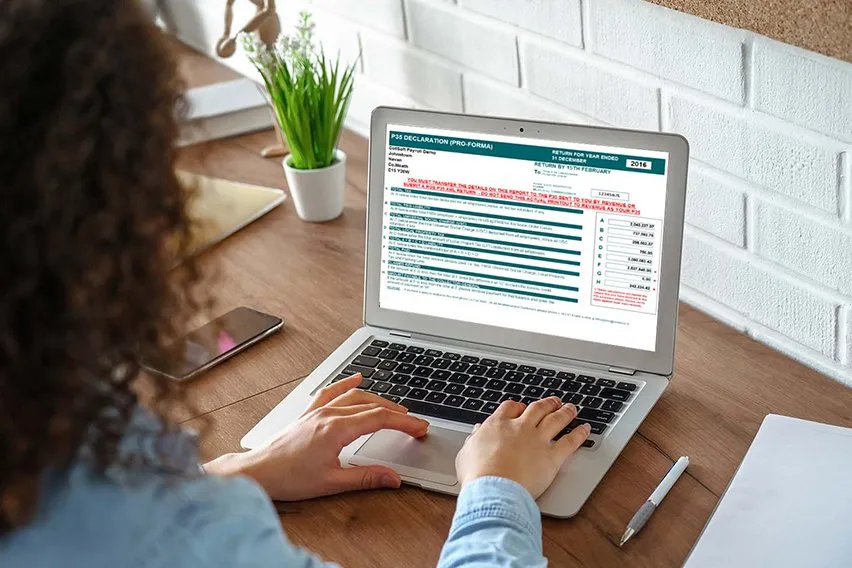Invoice Discounting vs Factoring: What’s the Difference?

Do you know what invoice finance is? Invoice finance and factoring are both types of business financing. They allow companies to access cash they’re owed from their customers before the customer pays them back. We will discuss the main difference between invoice factoring vs. discounting. Every company should understand these before making a decision about which one is right for them.
You can find out everything you need to know about invoice discounting vs. factoring with just a few minutes of reading this article.
Here’s What We’ll Cover:
What Are the Downsides to Invoice Discounting?
What Is Factoring – Benefits of Invoice Factoring
What Are the Downsides of Factoring?
What Are the Similarities Between Invoice Discounting and Factoring?
Invoice Discounting vs Factoring: Which Is Right for You?
What Is Invoice Discounting?
Invoice discounting is a simple process that enables a company to access the cash they’re owed from a customer. It works by allowing businesses to sell their outstanding invoices for a discounted price. In return, they’ll receive an immediate payment based on the value of those invoices.
This involves selling your unpaid invoice to a third party for a discounted amount, usually on a 50% to 80% basis. Once the original invoice is sold, the third party pays you immediately. Then they collect it from your customer directly. This gives the business owner faster access to cash.

What Are the Downsides to Invoice Discounting?
The downside to invoice discounting is that the third party only pays a discounted amount for your invoices. This means that they will not pay as much as you would have received directly from your customer. This can be problematic if you need every penny of the money owed to you.
Another downside is that you don’t know anything about the company that is buying your invoice. This means that there are no guarantees on their end or security for you. You will be handing over your invoices to a complete stranger who could disappear without paying you any money at all. You also aren’t sure how they will treat your customers. Even though this is a different company collecting, customers often associate the interaction with your business. If the collecting company is unprofessional, that can reflect poorly on your business.
What Is Factoring – Benefits of Invoice Factoring
Factoring involves selling your unpaid invoices to a third party. It has several key differences from invoice discounting.
The biggest difference is that factoring allows you to collect nearly all of your unpaid balances. This means there are no percentages taken out of the money paid by the collecting company. They remit the full amount due to you less any fees required for their services.
What Are the Downsides of Factoring?
A downside to factoring is that your customers will know you have assigned their debt to a third party. This can be problematic if they decide not to do business with you in the future. Some companies don’t want additional parties handling their accounts receivable.
Another downside is that factoring involves commissions and fees. Typically, these fees won’t equate to the 50%+ deductions you can face with invoice discounting, but they do exist.
Lastly, factoring usually results in longer wait times for your invoices. You aren’t getting paid immediately like with invoice discounting.
What Are the Similarities Between Invoice Discounting and Factoring?
There are a few similarities between factoring and invoice discounting:
- They both involve selling your invoices for cash.
- They allow you faster access to money that would normally be tied up in your accounts receivable.
- They are both very fast processes.
- Prevents cash flow issues
- Both can be used to late payments
Invoice Discounting vs Factoring: Which Is Right for You?
The simplest answer to this question is that it depends on your business needs.
If you want the most money for your invoices, factoring is probably a better choice. This is because it pays the full amount due to you less fees and costs. Invoice discounting will never pay out 100% of what you are owed unless there are additional charges from the buyer beyond the discounted percentage.
If cash flow is more important than the amount you receive, invoice discounting may be a better option. You will be paid immediately by the collecting company at a hefty discount. This is something each business owner will need to decide.
What Is Supply Chain Finance?
Supply chain finance (SCF) is a form of supplier invoice financing where suppliers receive early invoice payments. Supply Chain Finance reduces the risk that any one party will be unable to provide goods and services. It provides an additional source for working capital, making both buyers as well as sellers more efficient!
One key difference between this type of receivable trade technique and others like factoring, is that it would have been set up by the buyer. Another important difference is that suppliers can access SCF at a funding cost based on the buyer’s credit rating, rather than their own.
Why Is Supply Chain Finance Important?
There are several benefits to using SCF.
For suppliers, the benefit is that they get paid faster. Sometimes they are paid at a discount, but it can be more beneficial to be paid faster. Sellers often need working capital to provide immediate value to buyers. This means they need money now rather than later.
Another reason is that suppliers can access this source of capital at a rate determined by the buyers. This is opposed to their own credit worthiness. This means they can access the capital that is more cost effective. This provides them with a competitive advantage.
For buyers, the opportunity to pay their suppliers early using SCF helps reduce working capital requirements and allows them to operate more efficiently. This reduces costs for buyers and makes them more efficient in their supply chains. It increases transparency for both parties!

Key Takeaways
In conclusion, there are some differences between Invoice factoring and invoice discounting. Invoice discounting is a great option for businesses that are more concerned about receiving their money quickly. However, it may not be best suited for companies that worry about customer retention. Factoring can provide a larger percentage of funds collected. Whether you choose invoice discounting or factoring will depend largely on what’s important to your business. Either way you’re sure to find some advantages with both. They both act as a cash injection for your business.
Hopefully this article sheds some light on customer invoice discounting and how it relates to your company.
Did you enjoy reading this guide? Head over to our resource hub for more great content!
Frequently Asked Questions
What Is the difference between Bill Discounting and Invoice Discounting?
Bill discounting offers more flexibility related to which invoices can be collected. Invoice discounting is often limited to invoices with 90 day payment windows.
Is invoice discounting a Good Idea?
Invoice discounting is a good idea if your business needs cash fast and doesn’t care about the percentage of funds received. It is not a great solution for businesses that want an increase in their bottom line or whose customers may be sensitive to third-party involvement.
How Much Does Factoring Invoices Cost?
Factoring invoices usually costs 1-5% of the total invoice value.
Who Is the Best Factoring Company?
Here is a list of some of the best factoring companies:
- A1 Factoring
- Concord Capital
- Midland Capital
- United Capital Source
RELATED ARTICLES

 Dividend Payout Ratio: Definition, Formula & Calculation
Dividend Payout Ratio: Definition, Formula & Calculation What Is the Effective Annual Rate(EAR) & How to Calculate It
What Is the Effective Annual Rate(EAR) & How to Calculate It Capital Adequacy Ratio (CAR): Definition & Overview Guide
Capital Adequacy Ratio (CAR): Definition & Overview Guide What Is a Delivery Note? Everything You Need to Know
What Is a Delivery Note? Everything You Need to Know Product Manager Vs Project Manager: What’s the Difference
Product Manager Vs Project Manager: What’s the Difference What Is a P35 – Payee Annual Return?
What Is a P35 – Payee Annual Return?